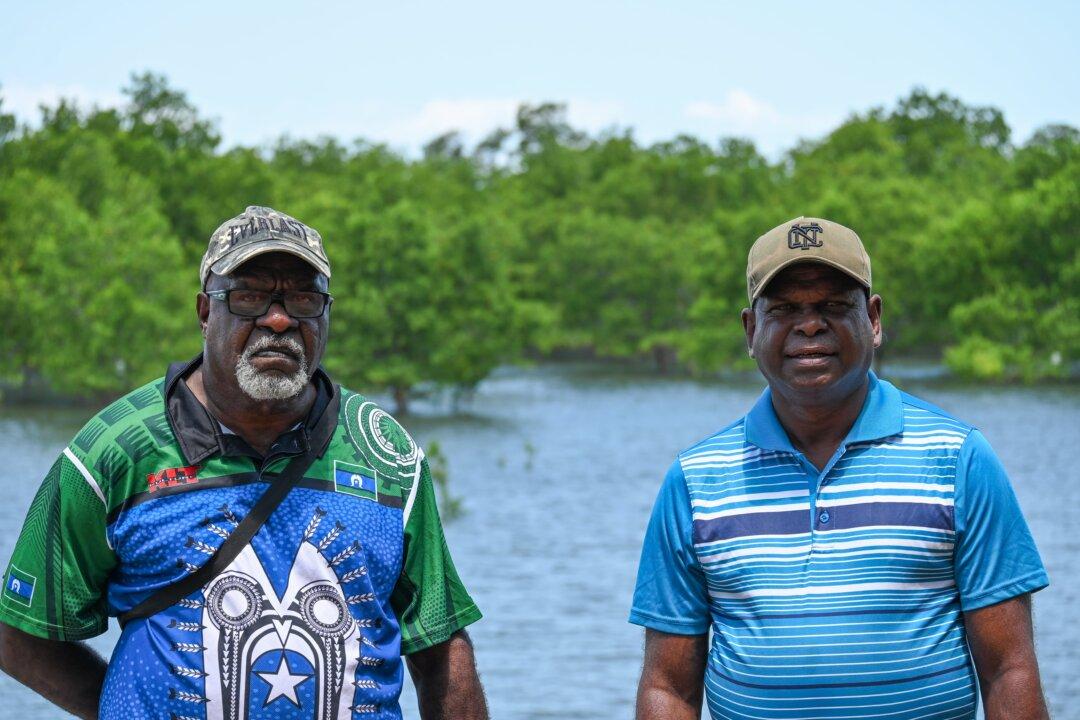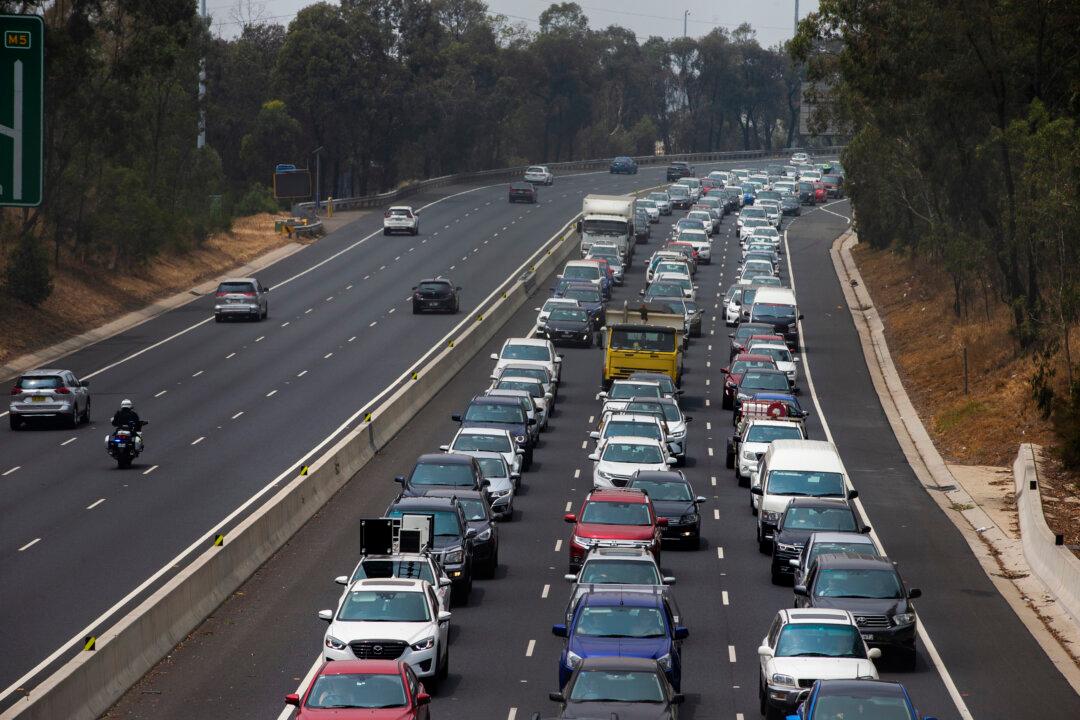A Federal Court in Cairns, Queensland, is hearing a case regarding how climate change effects have promoted rising sea levels in the Torres Strait Islands, causing residents to fear they will become climate refugees and have to leave their ancestral land.
A climate class action suit was put forward in 2021 by Torres Strait elders against the Commonwealth of Australia over what they say is a lack of duty of care to protect the islands from the harms of climate change.





